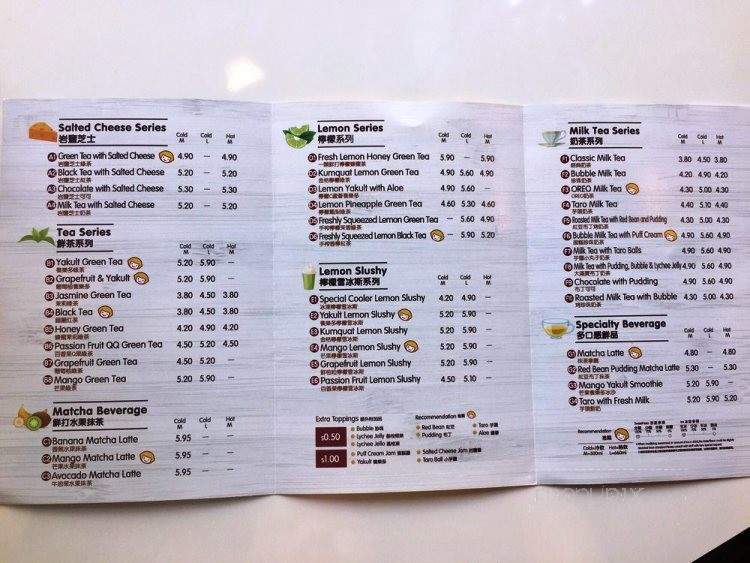

Tapioca pearls (boba) are the most common ingredient, although there are other ways to make the chewy spheres found in bubble tea. These variations are often either blended using ice cream, or are smoothies that contain both tea and fruit. Other varieties of the drink include blended tea drinks. Another variation, yuenyeung, ( Chinese: 鴛鴦, named after the Mandarin duck) originated in Hong Kong and consists of black tea, coffee, and milk. Some of the largest global bubble tea chains include: Chatime, CoCo Fresh Tea & Juice and Gong Cha.īubble tea comes in many variations which usually consist of black tea, green tea, oolong tea, and sometimes white tea. The market size of bubble tea was valued at $2.4 billion in 2019 and is projected to reach $4.3 billion by the end of 2027. The high increase of bubble tea demand and its related industry can provide opportunities for possible market expansion. ĭue to its popularity, bubble tea has inspired a variety of bubble tea flavored snacks such as bubble tea ice cream and bubble tea candy. The cellophane is then pierced with an oversize straw, now referred to as a boba straw, which is larger than a typical drinking straw to allow the toppings to pass through. The latter method allows the tea to be shaken in the serving cup and makes it spill-free until a person is ready to drink it. Some cafés use plastic lids, but more authentic bubble tea shops serve drinks using a machine to seal the top of the cup with heated plastic cellophane. Today, there are some cafés that specialize in bubble tea production. Larger pearls (Chinese: 波霸/黑珍珠 pinyin: bō bà/hēi zhēn zhū) quickly replaced these. The tapioca pearls that make bubble tea so unique were originally made from the starch of the cassava, a tropical shrub known for its starchy roots which was introduced to Taiwan from South America during Japanese colonial rule. Now, bubble tea is most commonly served cold. The oldest known bubble tea drink consisted of a mixture of hot Taiwanese black tea, tapioca pearls ( Chinese: 粉圓 pinyin: fěn yuán Pe̍h-ōe-jī: hún-îⁿ), condensed milk, and syrup (Chinese: 糖漿 pinyin: táng jiāng) or honey. Milk teas usually include condensed milk, powdered milk, almond milk, soy milk, coconut milk, 2% milk, skim milk, or fresh milk. Both varieties come with a choice of black, green, or oolong tea as the base. Bubble teas fall under two categories: teas without milk and milk teas.


 0 kommentar(er)
0 kommentar(er)
